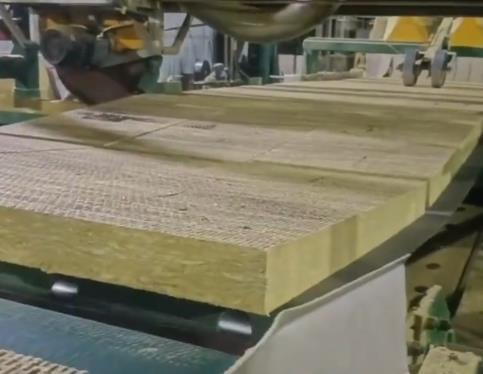
What's the biggest energy consumer? Not our cars. Not our planes or factories. It's our homes and buildings. Technically, the residential and commercial sectors. According to the Department of Energy, these sectors combined consume nearly 40% of our energy. So if we are to rebuild our building infrastructure while creating a low-carbon future, it makes sense to modernize this huge energy-consuming sector.
To achieve this future, we will need innovative modern plastic building insulation materials to restore our infrastructure and the environment.
First, some facts and figures. The vast majority of our energy, 79%, comes from fossil fuels, such as coal, natural gas, and oil at 10%, 34%, and 35%, respectively.
More than half of the energy in our homes, 51%, is used for heating and air conditioning. In 2015, most of this energy comes from fossil fuels. Fun note: Heating accounts for more than 5 times more of our home energy use than air conditioning. Renewable energy accounts for only 7% of residential energy use. While we are moving towards a low-carbon future, we clearly have a long way to go.
It's not all doom and gloom. The amount of energy we use per home is actually decreasing. The decline in average home site energy use offsets the increase in the number of homes overall, resulting in relatively flat energy use in the residential sector. So even though we built more homes, their overall energy use remained roughly the same. But why exactly is home energy use falling? We cite three main reasons:
People are moving to warmer climates (escaping the cold!) and needing less energy to take in heat.
Increasing efficiency of heating/cooling equipment, water heaters, refrigerators, lighting, and appliances.
And one more big one: improvements in building insulation and materials. Things like extruded panels, rockwool panels, and more are where huge, largely untapped energy savings lie. This is where innovative modern building materials can reduce our carbon footprint while creating more resilient homes.






 " />
" />